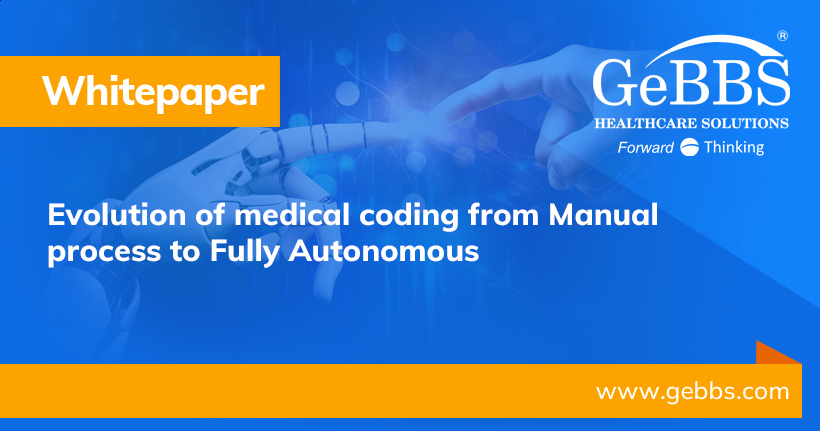Revenue Cycle Management (RCM) represents the financial backbone of healthcare organizations, with medical coding serving as a critical component that directly impacts revenue optimization, compliance, and operational efficiency. As healthcare systems worldwide grapple with increasing complexity in medical procedures, evolving regulatory requirements, and mounting financial pressures, the traditional approaches to medical coding face many challenges. In this white paper we have explored the evolution of medical coding from manual processes to autonomous systems powered by Generative AI and the emerging potential of Agentic AI. We examine the limitations of current methodologies and present a comprehensive analysis of how advanced artificial intelligence technologies are revolutionizing medical coding accuracy, efficiency, and scalability within RCM frameworks.
2025 was a pivotal year for technology. Hospitals and health systems stopped talking about digital transformation and started living it. But change rarely comes






